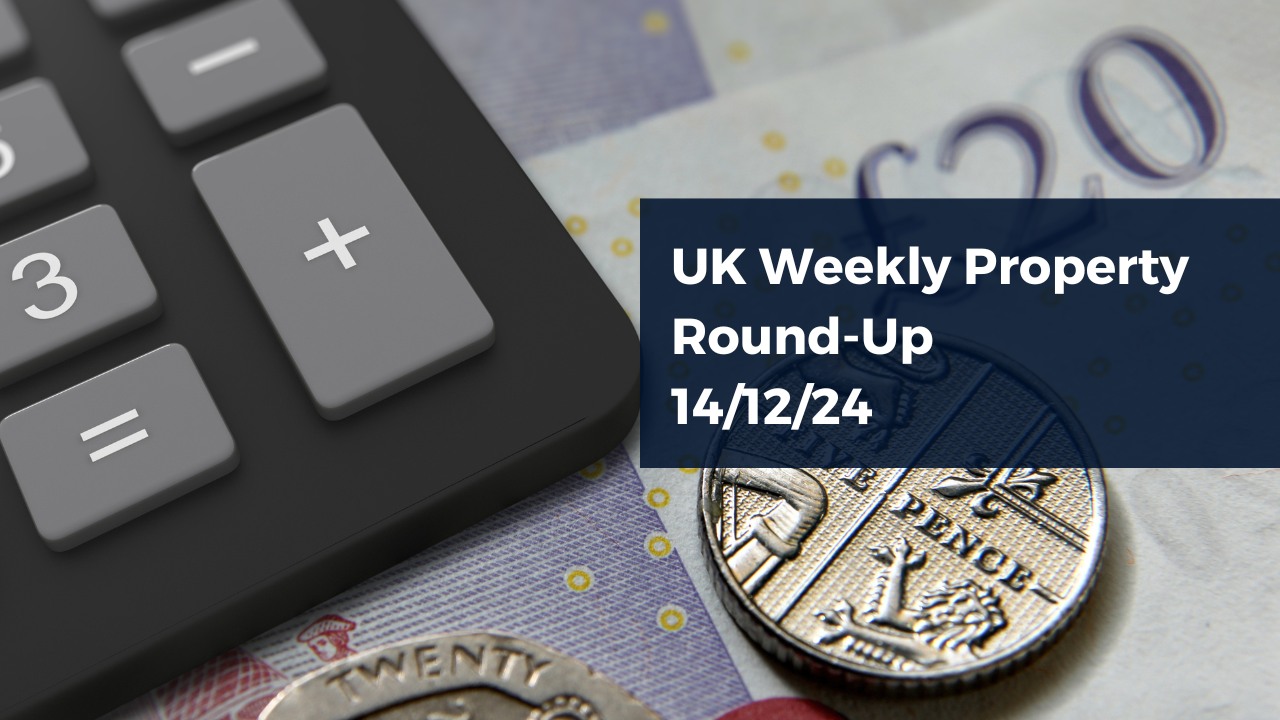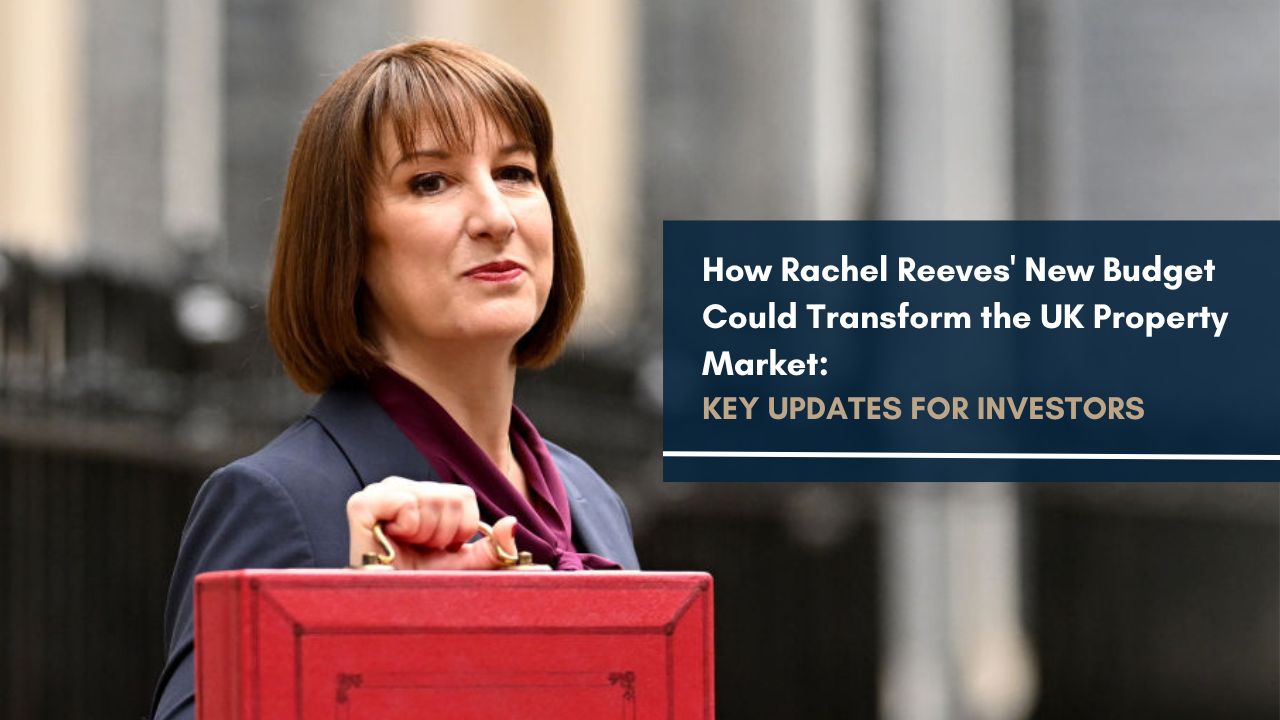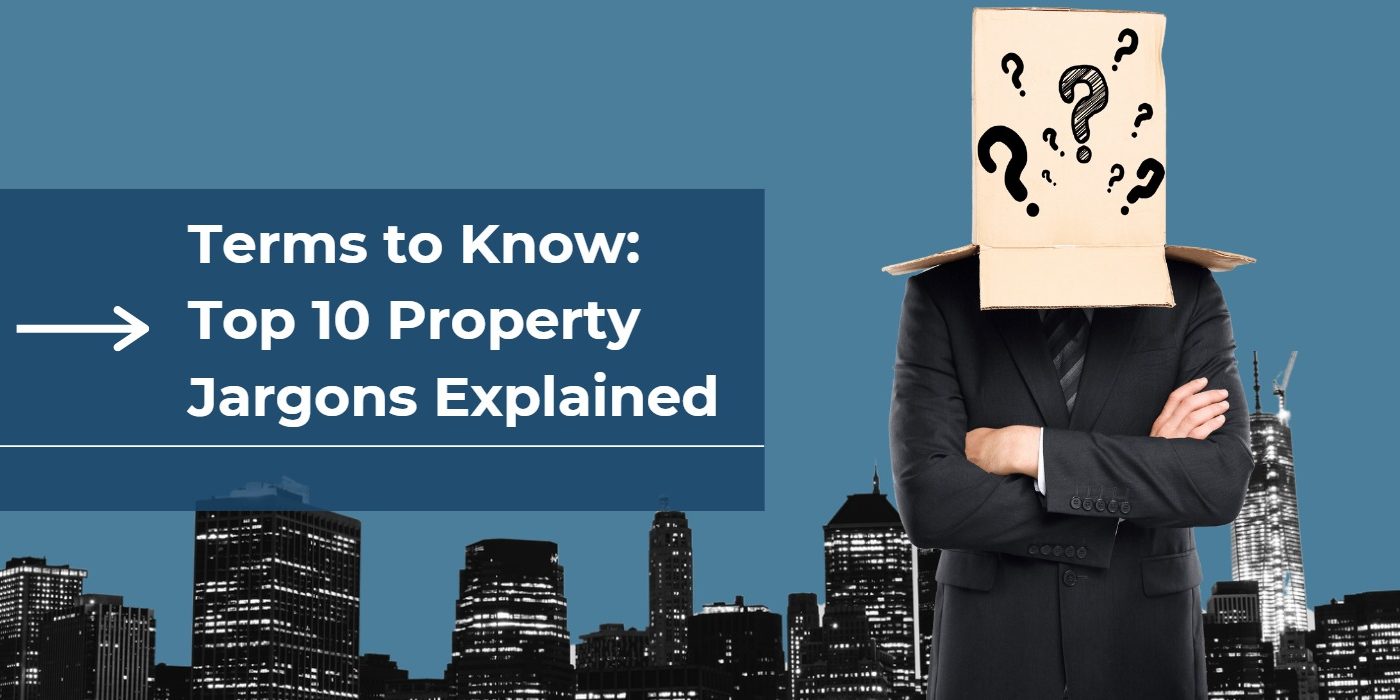Property investors are constantly faced with the challenge of measuring risk. Deciding which risks to mitigate, and how much money to spend on reducing them, can be a difficult task.
This article will help you understand what risks are involved in property investment and how to weigh them up when considering a deal.
Risk and Reward Go Hand in Hand
In business, risk and reward go hand in hand. The more risk you take, the greater your potential for reward. But there’s no such thing as a free lunch! Greater returns can only come from taking on larger risks.
The typical view of risk is that it’s a function of probability and magnitude – and in some cases this is true. But there are other factors which need to be considered when evaluating what level of risk is appropriate in any given situation: time; volatility; complexity; opportunity cost (ie how much time/money/resources have been spent); correlation between different assets or classes of assets (eg stocks).
Types of Risk
To get started, there are two important types of risk to be aware of: systematic and unsystematic. Systematic risk is the type that affects the entire market, such as a major downturn in global economic growth. Unsystematic risk is specific to one property or asset. For example, if you buy an office building in New York City and you’re concerned about terrorism affecting your investment, this is unsystematic because it applies specifically to that building (or any other buildings in close proximity).
Systematic risks can affect an entire portfolio whereas unsystematic risks cannot. Liquidity risk refers to how easy it will be for you to sell off assets at their current price when needed; if there’s not much demand for these assets right now then liquidity may pose problems for investors trying to move them quickly on their books without losing value. Credit risk refers specifically to people who owe money but haven’t paid back their loans yet; if they defaulted on their debt obligations then this could affect your returns from owning those properties outright rather than just holding them until maturity dates come up before selling them back into circulation again with little loss due solely toward inflationary pressures over time since last purchase date…
How Do Property Investors Weigh Up Risk?
When it comes to property investment, there are many factors that can contribute to the likelihood of an adverse event. These include:
The type of property purchased (for example, residential or commercial)
The geographic location of the property (for example, inner city or suburban)
The expected rental yield or capital growth potential for the investment
The risk profile for each individual investment varies based on these factors. To determine this risk profile, investors use a risk matrix to assess which areas require more research and analysis so they can make informed decisions about their investments. A well-structured investment strategy helps mitigate any risks associated with investing in real estate assets.
Exit Strategy
An exit strategy is a plan for when you want to sell your property. It helps you know how much your property is worth and allows you to know what kind of properties in the future would be suitable for you.
Know when to sell: Exit strategies allow investors to have a good idea about how much their property will be worth, so they can decide when it’s time to sell it.
Determine the type or style: Exit strategies also inform investors what kind of properties are right for them in the future. For example, if an investor wants an apartment that requires little maintenance, then they might consider buying another one on top of selling their current one.
The Importance of Identifying Risks
Knowing how to identify the various risks inherent in property investment and quantifying them is essential for any property investor.
It is also important to understand the way in which risk can be managed and how it should be minimized. This involves understanding what the risks are, whether they are manageable or not and how to do so effectively.
The first step before deciding on a property deal is to assess its level of risk by evaluating each of its components (location, purchase price and lease terms) separately. It’s vital that you don’t take any part of this process lightly as this will help you avoid making mistakes later on that could cost you dearly!
Conclusion
It is vital to understand how risk can impact different types of property deals and how it can be managed. Property investors should ensure that they fully comprehend the risks associated with their investment decisions, rather than just relying on someone else’s opinion or advice.
Once you have considered these risks, you can better prepare yourself for any outcome by making sure that you are financially prepared for changes in market conditions as well as ensuring that your business has adequate financial resources available to manage unexpected events.




































